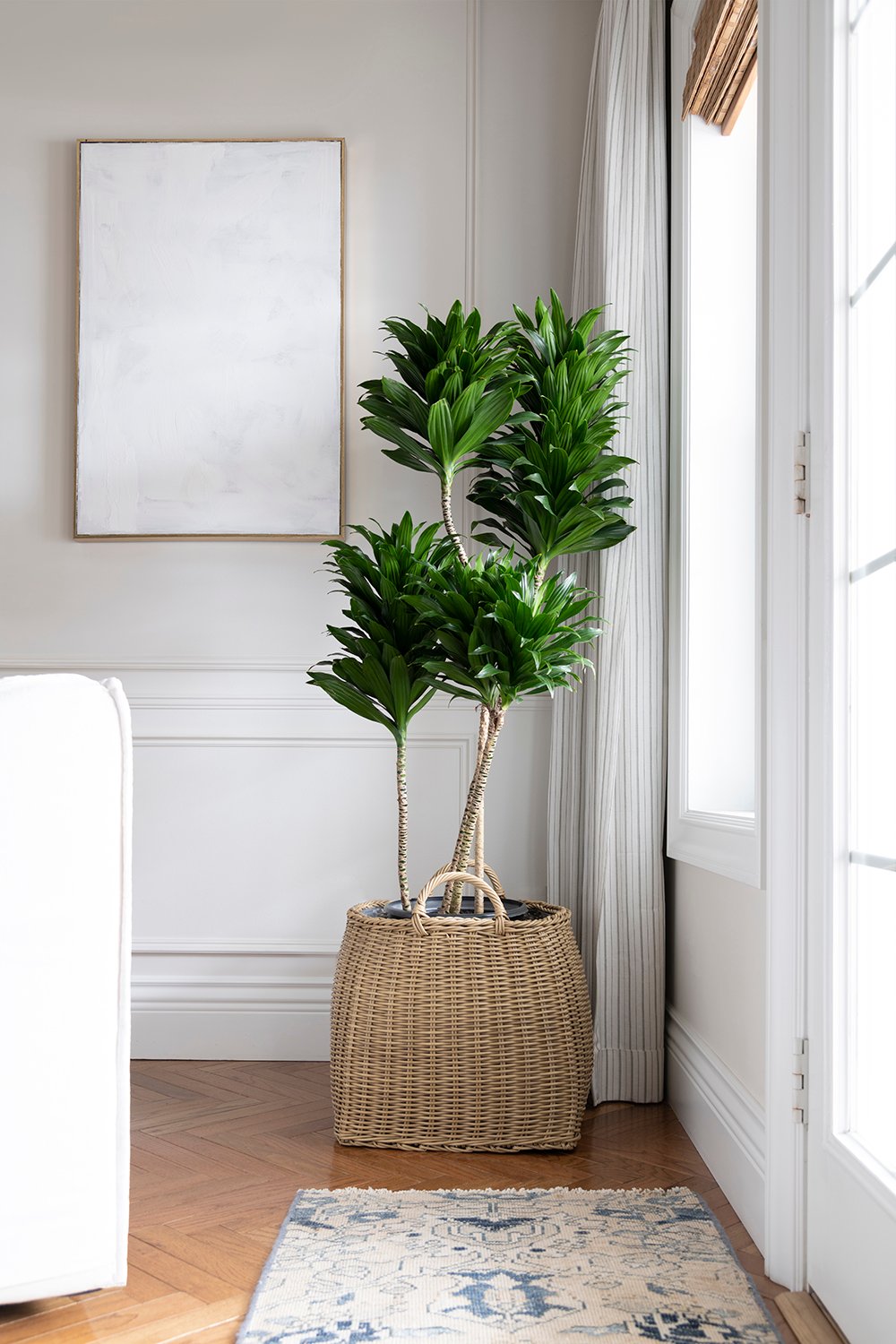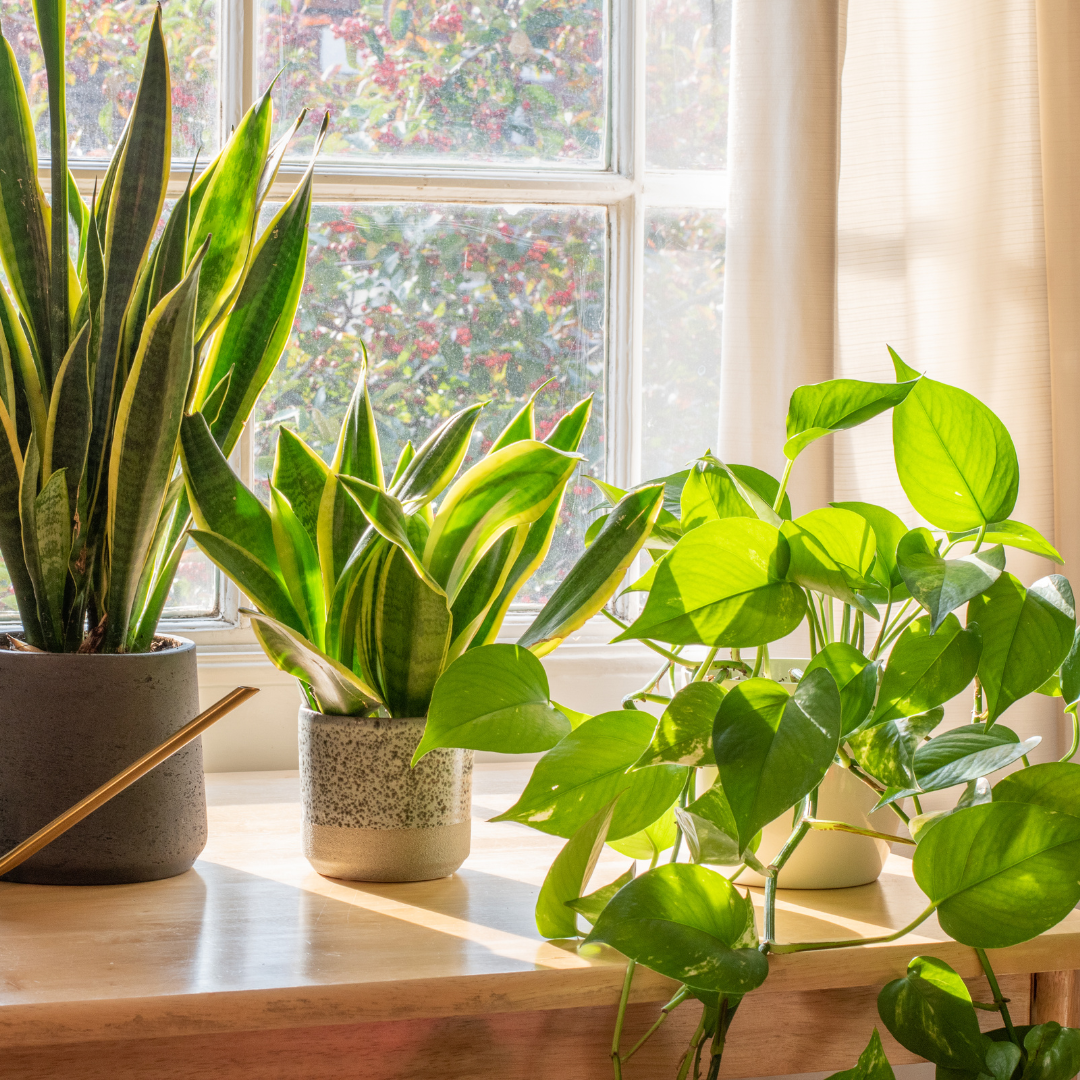How to Care for the Best Low-Light Indoor Plants in Any Environment
How to Care for the Best Low-Light Indoor Plants in Any Environment
Blog Article
Transform Your Home With Beautiful Low-Light Indoor Plants and Their Advantages
Integrating low-light indoor plants right into your home can significantly enhance both the visual and environmental high quality of your living spaces. These plants, which prosper in dark problems, serve not just as attractive elements yet also as natural air purifiers, making them optimal for metropolitan residents or those with restricted sunlight direct exposure. As we discover the various sorts of low-light plants and their benefits, you might find unexpected means to incorporate them into your home that can transform your surroundings in ways you may not have actually expected.
Benefits of Low-Light Plants
Low-light plants supply various advantages for interior environments, making them a superb option for both newbie and experienced garden enthusiasts. One of the primary benefits is their versatility to low-light problems, enabling people to improve their space without the demand for extensive sunlight direct exposure. This characteristic makes them ideal for apartments, offices, and various other locations with minimal natural light.

In addition, integrating low-light plants into home design can boost the visual allure of a room. Their lavish foliage and varied structures develop a relaxing environment, adding to general well-being. The visibility of plant has been linked to minimized anxiety degrees and boosted productivity, making low-light plants a useful option for improving both physical and mental wellness in interior setups.
Top Low-Light Indoor Plants
While several interior plants grow in brilliant light, a number of species are particularly well-suited for low-light conditions, making them optimal for numerous indoor spaces. One popular selection is the Snake Plant (Sansevieria), recognized for its striking upright fallen leaves and strength, calling for very little treatment. One more excellent alternative is the Pothos (Epipremnum aureum), which includes heart-shaped fallen leaves and can route wonderfully from shelves or hangers, thriving in low light and adding a lavish touch.
The ZZ Plant (Zamioculcas zamiifolia) is celebrated for its glossy leaves and capability to hold up against disregard, making it ideal for active way of lives. Likewise, the Peace Lily (Spathiphyllum) not only tolerates reduced light however likewise creates magnificent white blooms, enhancing any kind of space's visual.
For a special touch, think about the Cast Iron Plant (Aspidistra elatior), which indeed meets its name, flourishing in the darkest edges of your home. Finally, the Chinese Evergreen (Aglaonema) uses a variety of fallen leave patterns and shades while being exceptionally flexible in low-light conditions. These plants not only enhance indoor settings yet additionally add to air filtration, boosting your living room.
Care Tips for Low-Light Plants

Sprinkling practices are vital; these plants typically favor slightly completely dry conditions. Overwatering can cause root rot, so ensure that the leading inch of soil is dry before sprinkling again. Use pots with water drainage openings to enable excess wetness to run away.
Humidity is an additional vital aspect. Many low-light plants, such as brushes and tranquility lilies, additional hints take advantage of higher moisture levels. To increase humidity, consider misting the leaves or putting a tray of water near the plants.
Fertilizing ought to be come close to with caution. During the growing period, make use of a thinned down, balanced fluid fertilizer every month to sustain development, however stay clear of fertilizing during the inactive cold weather.

Innovative Ways to Display Plants
Indoor plants can serve as fascinating centerpieces in any area, enhancing both visual allure and atmosphere. Creative display screens can boost the visual influence of low-light plants, making them an essential part of your home decor. One reliable approach is to utilize tiered plant stands, which enable you to showcase numerous plants at differing heights while making the most of floor room.
Hanging planters are an additional innovative alternative, developing a sense of depth and drawing the eye up. Think about macramé wall mounts or wall-mounted shelves to introduce a special texture and style.
For a much more organized technique, usage geometric terrariums or glass containers to house your plants, including a modern touch to your interior garden. You can also repurpose vintage products, such as teacups or wooden pet crates, for an eclectic display that reflects your personality.
Enhancing Home Atmosphere With Plants
Incorporating low-light plants into your home not just enhances visual allure however likewise adds significantly to the total atmosphere. These plants offer as all-natural decoration components, introducing a sense of peace that can transform any type of area. The existence of plant fosters a soothing environment, which is especially Discover More Here useful in high-stress settings such as home workplaces or living areas.
Low-light plants, such as serpent plants, pothos, and ZZ plants, are not just aesthetically pleasing however likewise boost indoor air high quality by filtering toxins. This twin function enhances the atmosphere further, developing a healthier living room (Best low-light indoor plants). The strategic positioning of these plants can likewise influence the understanding of area; as an example, tall plants can attract the eye up, making ceilings appear greater and areas more roomy
Additionally, varying structures and colors of foliage include depth to indoor layout, enabling creative expression in home designing. Whether put on racks, in corners, or as focal points, low-light plants can elevate the state of mind of any kind of room. In summary, including these plants into your home is a reliable means to cultivate a warm, welcoming ambience while profiting of improved air quality and aesthetic adaptability.
Verdict
Including low-light indoor plants into home atmospheres uses countless advantages, including improved visual allure and boosted air top quality. These durable plants, such as the Snake Plant and Tranquility Lily, require marginal light and maintenance, making them appropriate for diverse way this contact form of lives.
While several indoor plants prosper in intense light, numerous species are particularly well-suited for low-light conditions, making them ideal for various indoor areas. One reliable approach is to make use of tiered plant stands, which permit you to showcase several plants at varying elevations while optimizing flooring room.
Low-light plants, such as serpent plants, pothos, and ZZ plants, are not just cosmetically pleasing but also boost interior air top quality by filtering system contaminants. Best low-light indoor plants. The critical positioning of these plants can likewise affect the perception of space; for circumstances, high plants can attract the eye up, making ceilings show up greater and areas a lot more spacious
These resistant plants, such as the Snake Plant and Tranquility Lily, need very little light and upkeep, making them appropriate for diverse way of livings.
Report this page